So What about Child Hunger in America? – Billy Shore, Share Our Strength, @billshore
Our family fund focuses primarily on ending global poverty, because less than 5% of Americans give overseas. So we are as picky about the domestic organizations we support as a child choosing between carrots and spinach. None is more strategic, leverages more dollars from other sources, or has a more far-reaching impact on alleviating the scourge of poverty in our nation than Share Our Strength. We are committed to helping Share Our Strength eradicate child hunger in this generation — and with their exacting strategy and private and public partnerships, we know they can do it! In Founder Billy Shore’s words on his blog today, here’s why:
It’s been about a year since we publicly launched our No Kid Hungry campaign with Jeff Bridges and we will have the good fortune to be with him again later this week in New York. The accomplishments of the last 12 months are worth reviewing.
Many facts and figures reflect what we’ve done – 18 No Kid Hungry state campaigns launched or about to be, more than 104,000 NKH pledge takers, huge increases in summer meals sites in Arkansas and Colorado, countless new relationships with policymakers, funders, and volunteers.
But our friend Jeff Swartz, former CEO of Timberland, always urges: don’t tell me the ‘what’, tell me the “so what”. In that spirit, let’s look at how the past year has produced four important answers to the “so what?” challenge:
We have added tens of thousands of children to school breakfast and summer meals programs, through innovations like the school breakfast challenge and in-classroom breakfast. There is a clear correlation between NKH advocacy / community organizing and increased participation, demonstrating that: Ending childhood hunger through existing food and nutrition programs is achievable.
Annual 2011 revenue around $34 million means we are raising almost $100,000 a day, every day, thanks to a diversified revenue engine with all of the necessary expertise – event, corporate, foundation, grassroots and large donor – to scale to the size necessary to end childhood hunger. That is probably only about 1/3 of what we will need to eventually raise on an annual basis, but will soon be in range and that is a manageable amount of money, proving that: Ending childhood hunger is affordable.
We have changed the conversation from feeding kids to ending childhood hunger, and we have changed the focus from federal legislation to its implementation at the state level. We have led the effort to re-imagine and re-invent the nation’s strategy for ending childhood hunger in ways that attract bipartisan support including Republican leadership in Virginia and Texas, demonstrating that in contrast to the many issues on which our government is politically paralyzed: Ending childhood hunger is politically feasible.
The need is greater than ever. With millions of Americans out of work, child poverty is climbing. For the first time in history, 45 million Americans are on SNAP, and more than half are children. Their current suffering puts their futures at risk. But solutions to childhood hunger exist and so does federal funding for those solutions, which makes: Ending childhood hunger a moral imperative.
We’re still a long way from reaching our goal. As we had hoped our early progress has inspired the support we need to sustain our strategy and continue to grow. The year ahead will be pivotal in cementing and scaling our early results, especially as we drill down deeper in the states where we’ve already launched No Kid Hungry campaigns. But in a few short months we have demonstrated that those ingredients most critical to our success are at hand: strategies that are achievable, affordable, politically realistic, and morally imperative. It would be difficult for anyone to say “so what?” to that.
For Billy’s original post see:
http://billybearingwitness.blogspot.com/2011/11/no-kid-hungry-whats-been-achieved-and.html

